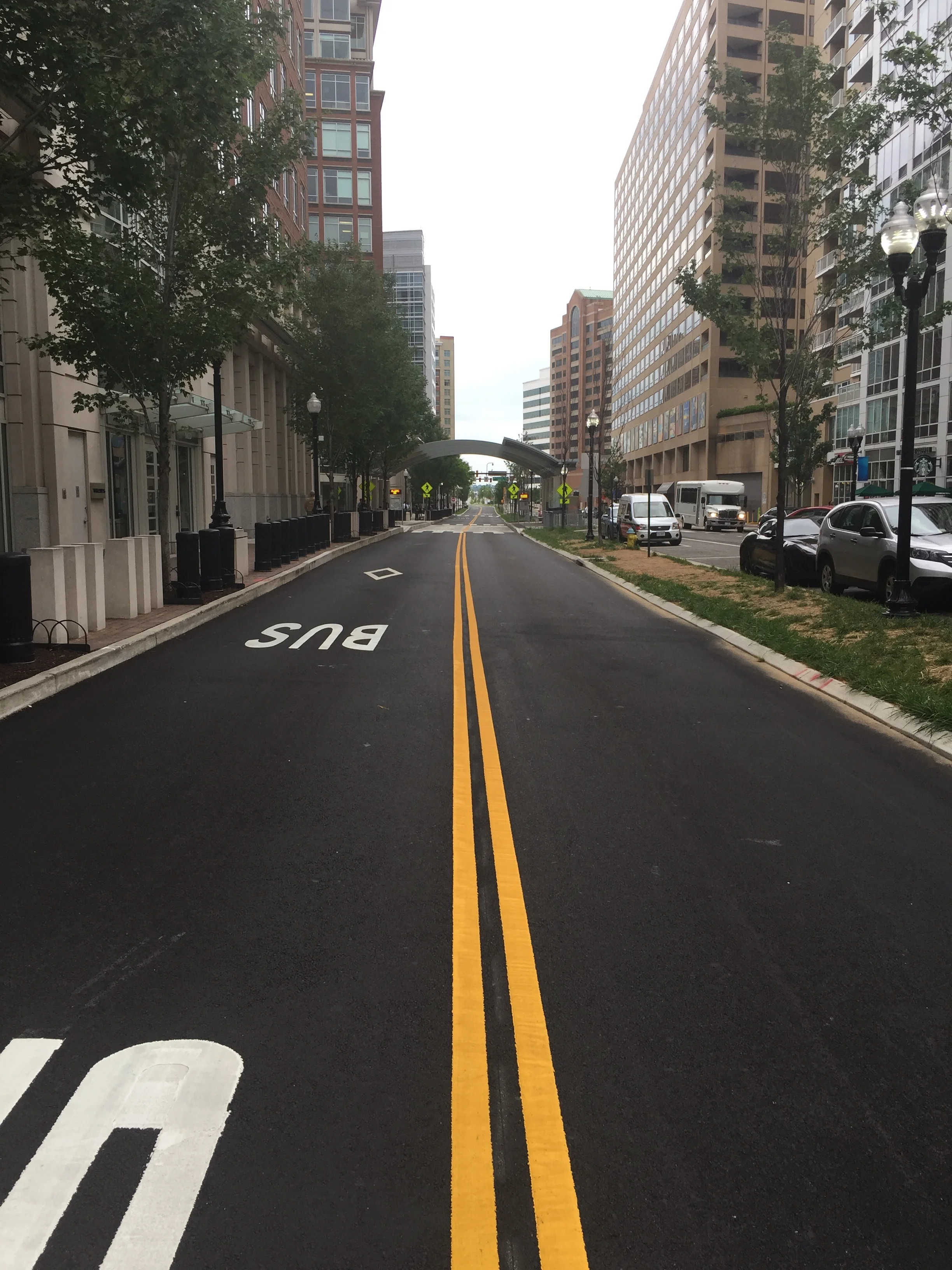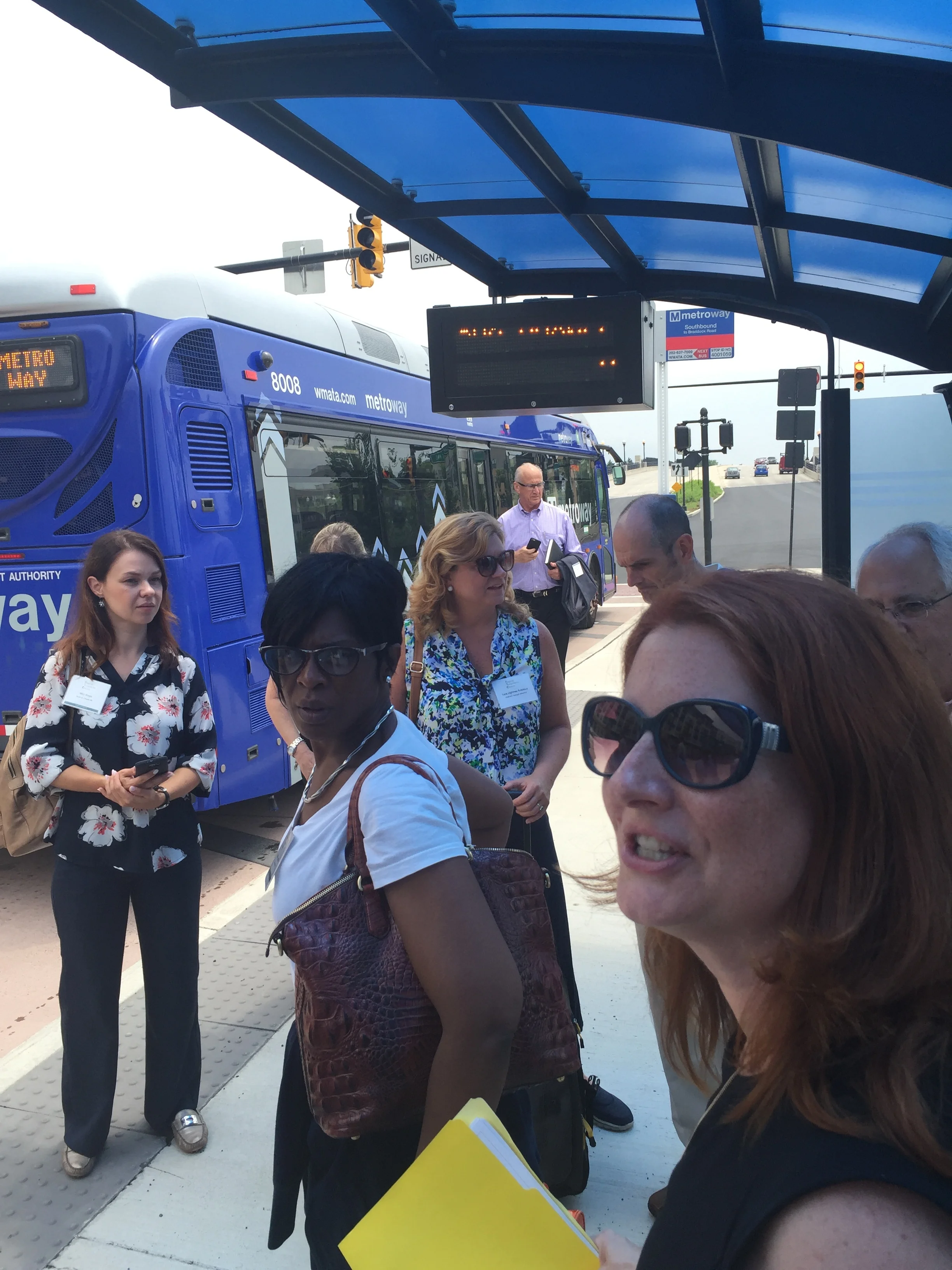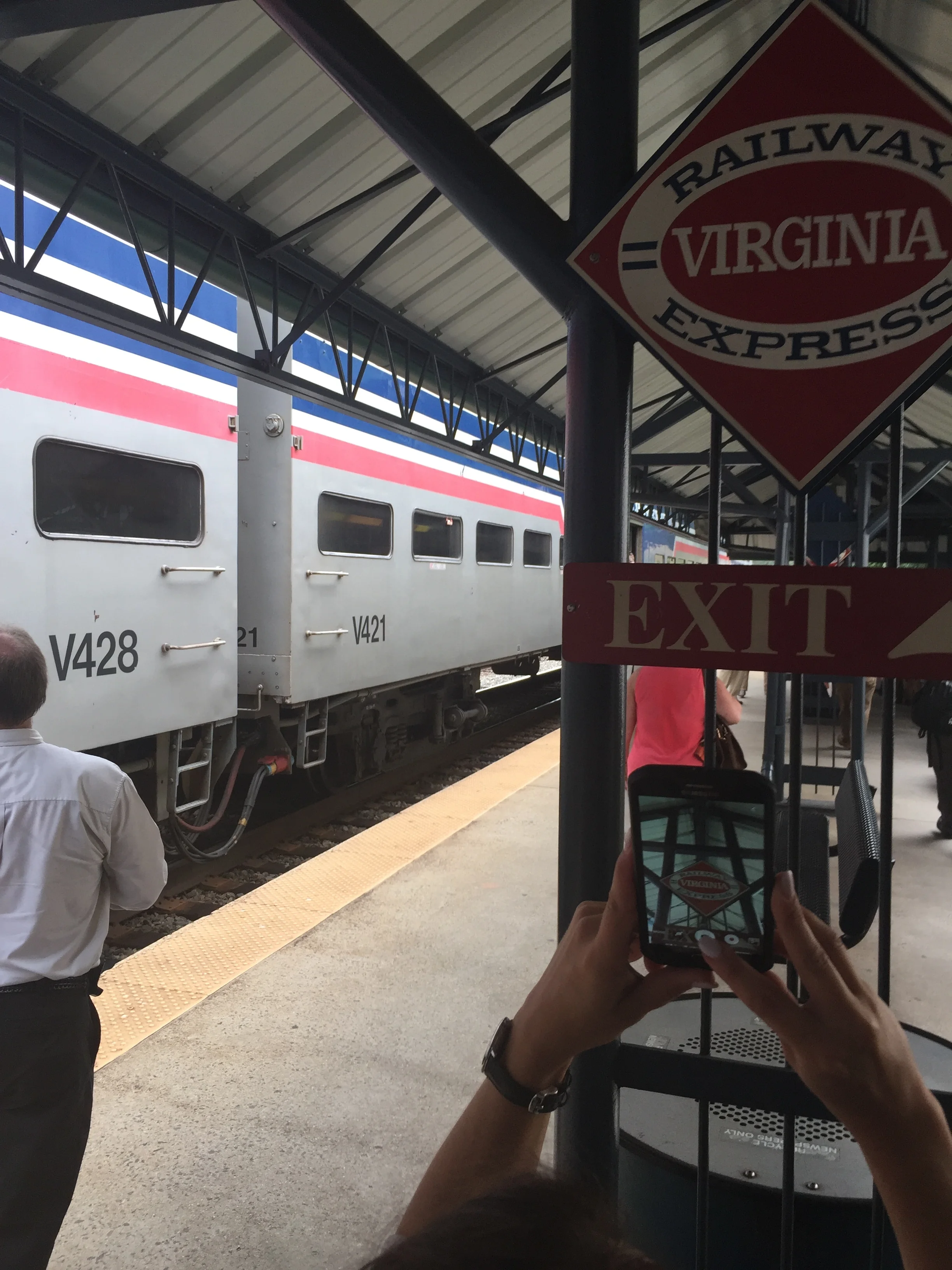It's not hard to make the case for public transit
(Note: this piece originally appeared as a guest opinion in Triangle Business Journal on October 21, 2016)
Public transportation is important for the continued success of any fast-growing market, and given our rate of growth, an enhanced transit system is essential. To put it another way, the lack of an effective transit system for Wake County – our current reality – is both a threat to our future and a lost opportunity for today.
The regional business community is supportive of the approved Wake Transit plan because it provides a rapid, purposeful and flexible response to the challenge and opportunity of growth.
And, we support the fall referendum vote because it will create a locally controlled, dedicated funding source to fund the plan that will create needed travel options for our community.
The recommended Wake Transit plan is a solid plan that emerged from a bipartisan process, with broad representation from all communities and across the county. The plan is largely bus-based, with expanded hours, frequency and overall coverage, tripling the overall level of transit availability for our community. It will initiate four bus rapid transit lines which will rapidly elevate the transit experience in multiple municipalities. And, a dramatically expanded core frequent network will serve 40 percent of all jobs within Wake County with all-day, 15-minute rapid transit service.
The plan will also initiate commuter rail between Raleigh, Cary and RTP as a reasonable alternative to Interstate-40 congestion; that service will be complemented by expanded express bus service on multiple area freeways to serve additional destinations, using the bus on shoulder system to maintain schedules.
The entire plan is scalable and strikes the right balance between flexibility and certainty. While you won’t see light rail in the Wake Transit plan, you will see a broad, network-based approach that is tailored for our spread-out community with its multiple job centers.
Every element in the plan will be completed in 10 years – some will happen much sooner – giving us fast results while avoiding the risk of technological lock-in or obsolescence. With automation and other paradigm-changing innovations coming to transit, the shorter, 10- year horizon is the way to go.
The bottom line is that doing nothing is not an option, and we have to get started on the right plan, which we now have. The approved plan provides a low-risk, high-reward mobility and accessibility solution. As transit becomes more ubiquitous and effective as a result of a positive referendum vote this fall, more of us will use it and we will soon wonder how we got along without it.
Now all we have to do is fund it.




